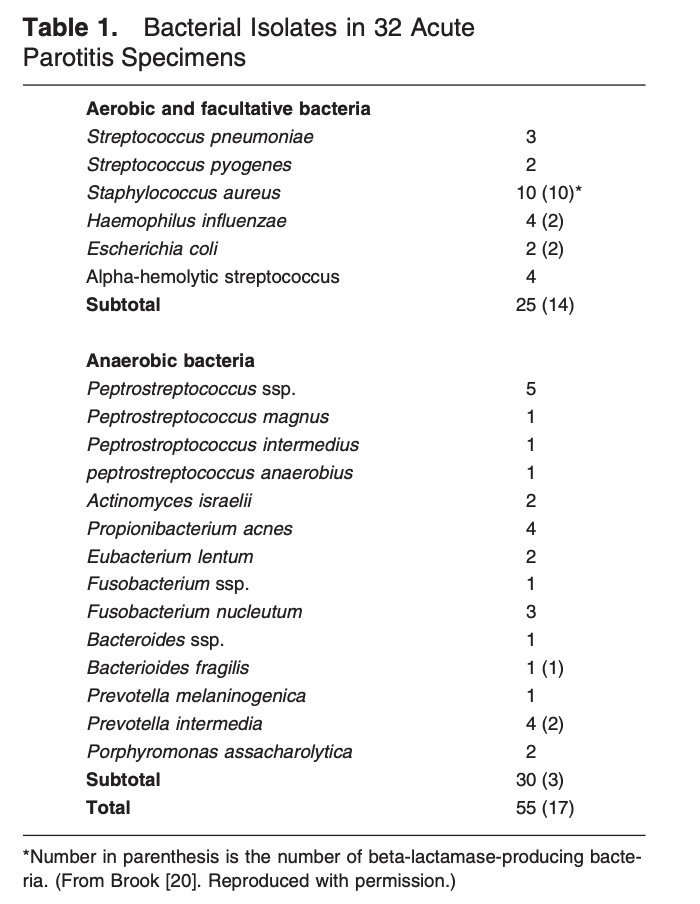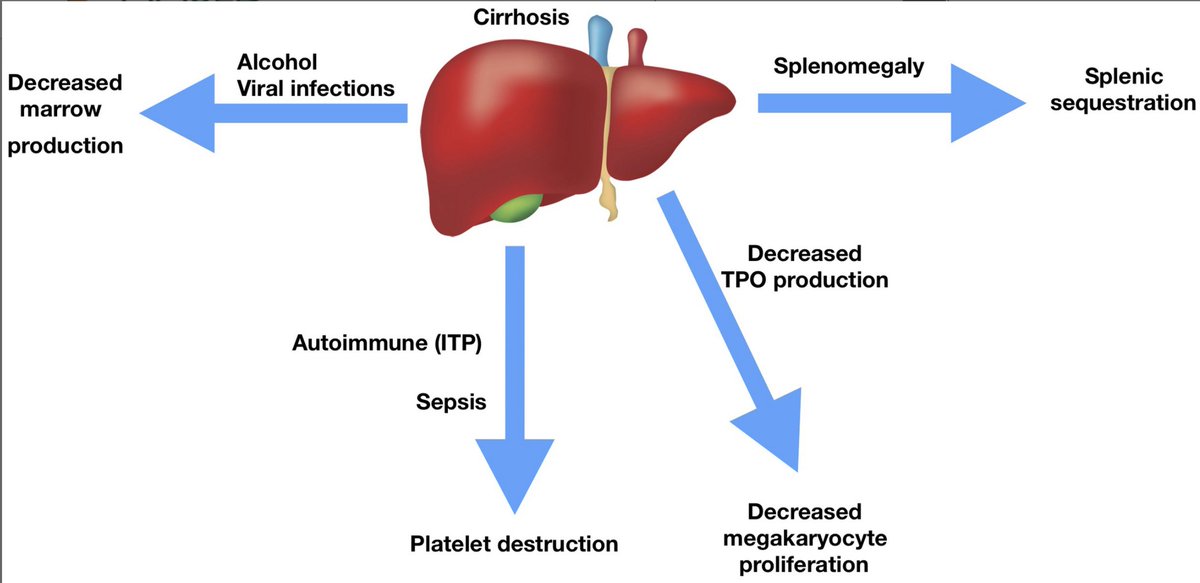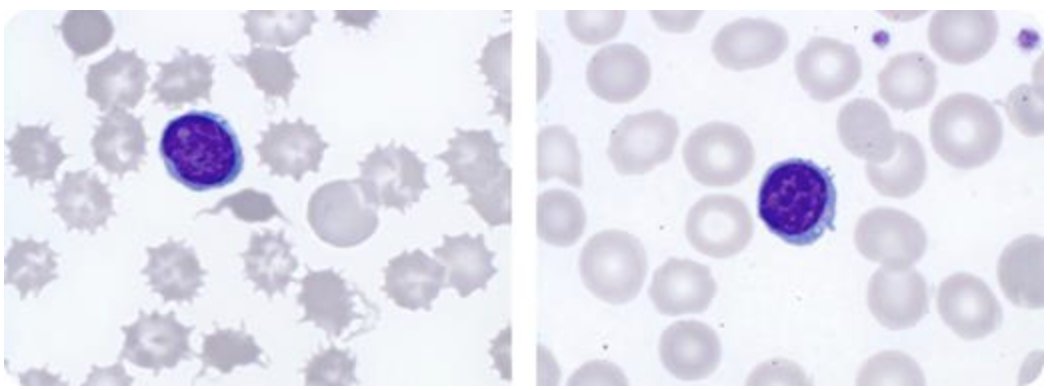On the inpatient leukemia service for the next 2 weeks, time to start sharing daily articles!
Day 1: our experience with inotuzumab re-treatment in Ph-negative B-ALL @jalbanmd @AyaOncologist #leusm
pubmed.ncbi.nlm.nih.gov/36240471/
Day 1: our experience with inotuzumab re-treatment in Ph-negative B-ALL @jalbanmd @AyaOncologist #leusm
pubmed.ncbi.nlm.nih.gov/36240471/

@jalbanmd @AyaOncologist Day 2: efficacy of FLT3 and IDH1/2 inhibitors in AML prev tx w/ venetoclax #leusm
-ORR of 18% for entire cohort; ORR of 30% for pt treated w/ gilteritinib
- median OS of 4.2 months
sciencedirect.com/science/articl…
-ORR of 18% for entire cohort; ORR of 30% for pt treated w/ gilteritinib
- median OS of 4.2 months
sciencedirect.com/science/articl…

@jalbanmd @AyaOncologist Day 3: hyperleukocytosis in AML
- 779 pt with WBC > 50K at presentation, leukostasis in 27% & leukapheresis used in 15%
- mOS was 12.6 months for entire cohort
- leukapheresis did not appear to impact 30d mortality
pubmed.ncbi.nlm.nih.gov/32132655/
- 779 pt with WBC > 50K at presentation, leukostasis in 27% & leukapheresis used in 15%
- mOS was 12.6 months for entire cohort
- leukapheresis did not appear to impact 30d mortality
pubmed.ncbi.nlm.nih.gov/32132655/

@jalbanmd @AyaOncologist Day 4: a very nice review on the management of T-ALL #leusm
journals.lww.com/co-oncology/Fu…
journals.lww.com/co-oncology/Fu…

Day 5: availability of ATRA at hospitals for APL #leusm
-only 31% of queried hospitals had ATRA in stock
pubmed.ncbi.nlm.nih.gov/34404029/
-only 31% of queried hospitals had ATRA in stock
pubmed.ncbi.nlm.nih.gov/34404029/

Day 6: secondary malignancies after lenalidomide
https://twitter.com/TheLancetHaem/status/1585917284752556033?s=20&t=UETqn1RZL21Y4rofv4Qijw
Day 7: an excellent review about inherited susceptibility to heme malignancies by @RoloffGreg @michaelwd & Dr Godley
ascopubs.org/doi/full/10.12…



ascopubs.org/doi/full/10.12…




@RoloffGreg @michaelwd Day 8: early PEG-asparaginase discontinuation for pts with ALL treated on 10403 #leusm
- of 176 pt that achieved CR and went onto delayed intensification 32% d/c'ed PEG early
- lower OS in early d/c patients but not statistically significant
ashpublications.org/bloodadvances/…
- of 176 pt that achieved CR and went onto delayed intensification 32% d/c'ed PEG early
- lower OS in early d/c patients but not statistically significant
ashpublications.org/bloodadvances/…

@RoloffGreg @michaelwd Day 9: a review on all things C diff colitis!
link.springer.com/article/10.100…
link.springer.com/article/10.100…

@RoloffGreg @michaelwd Day 10: prophylactic TXA in heme malignancies
-pt randomized to TXA or placebo arm once plt < 50K and received TXA or placebo once plt < 30K
-no significant difference in WHO Grade ≥2 bleeding
ashpublications.org/blood/article/…
-pt randomized to TXA or placebo arm once plt < 50K and received TXA or placebo once plt < 30K
-no significant difference in WHO Grade ≥2 bleeding
ashpublications.org/blood/article/…

@RoloffGreg @michaelwd Day 11: Ven + Aza in R/R MDS #mdssm
- 44pt treated, CR 7% & marrow CR 32%
- 36% w/ transfusion independence for RBCs and/or plt
- median OS 12.6 months
onlinelibrary.wiley.com/doi/10.1002/aj…
- 44pt treated, CR 7% & marrow CR 32%
- 36% w/ transfusion independence for RBCs and/or plt
- median OS 12.6 months
onlinelibrary.wiley.com/doi/10.1002/aj…

@RoloffGreg @michaelwd Day 12: considerations in accelerated/blast-phase CML by @GabyHobbs @joanhowMD
ashpublications.org/hematology/art…
ashpublications.org/hematology/art…

@RoloffGreg @michaelwd @GabyHobbs @joanhowMD Day 13: lots to learn about transverse myelitis!
sciencedirect.com/science/articl…

sciencedirect.com/science/articl…


@RoloffGreg @michaelwd @GabyHobbs @joanhowMD And day 14! Our recent review on newly diagnosed AML @mariamtn89 #leusm
pubmed.ncbi.nlm.nih.gov/36223559/
pubmed.ncbi.nlm.nih.gov/36223559/

• • •
Missing some Tweet in this thread? You can try to
force a refresh














